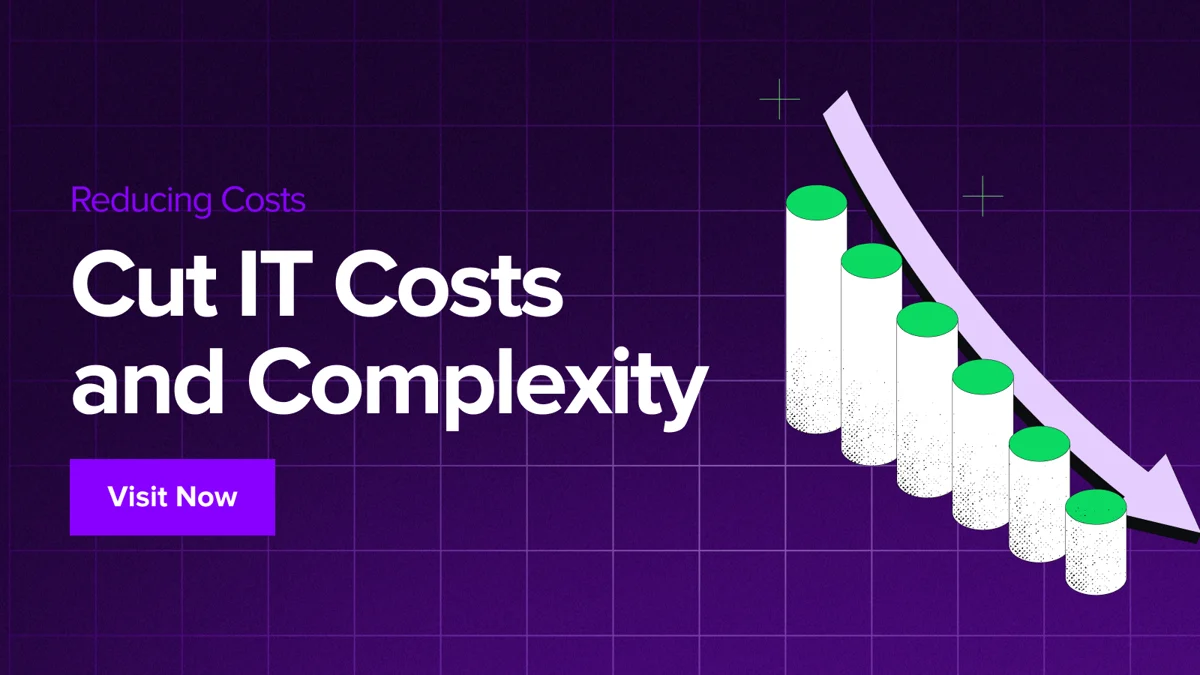IT is a key area of significant spending for many organizations today, and one where clarity over value and ROI is often missing. Many businesses lack control and insight into their technology, resulting in costly application proliferation and poor understanding of
how technology supports business value streams. This lack of insight makes it difficult to budget effectively and for CIOs to produce a strong case to CFOs to justify spending.
So, how can CIOs get the information they need to develop impactful budgets that will reduce costs and reallocate resources without impairing the organization’s ability to execute and create value?
How Do CFOs Affect Budget?
The average tenure of a CFO is about 4-5 years. For a successful fiscal year, they need to have strategies for both short-term and long-term gains working in parallel. It’s a challenging exercise in resource allocation, fostering innovation, driving growth, and ensuring long-term sustainability.
A starting point for many internal financial teams is assessing historical financial data and trends to establish a baseline for revenue, expenses, and profitability. From this they can then set realistic targets and identify areas that require more attention. In this assessment process, CFOs consider the overall economic climate, market conditions, and industry-specific factors that may impact the organization's financial performance. They also look at cost control and optimization in the organization. They scrutinize expenses across all departments, evaluating capital investments, labor costs, and overhead expenses.
The budgeting process ultimately boils down to the prioritization decisions made by the CFO. Proposals with stronger ROI cases and clear connections to the company’s strategic goals are more likely to be prioritized over proposals with unclear timelines and returns.
The Challenges of Quantifying Value and Measuring ROI
Organizations will be much more successful if they focus on making changes that encourage value creation rather than having tunnel vision on the bottom line. Yet despite it being counterproductive and outdated for them to keep seeing IT as a cost center for the rest of the business, it is often challenging to shift the conversation from cost-cutting to value and growth creation.
“Management experts say many CIOs still struggle to identify, articulate and quantify returns, especially for iterative projects without clear end dates and for projects expected to deliver soft returns rather than pure profit growth.”
CIO.com, IT ROI: 10 tips for selling (and proving) the value of IT
It tends to be much easier to “prove” value to a CFO on the commercial side. A Marketing department, for example, will have clear KPIs on leads and pipeline aided by various industry and internal benchmarks. Revenue management can show the percentage of revenue attributed to Marketing and Sales efforts. Other departments may look to other metrics such as customer engagement and satisfaction as measures of their value.
To effectively craft a case for the value of IT, CIOs need quality strategic planning tools.

The Key to an Effective CIO Budget
Up-to-Date 360 Visibility on the IT Landscape
CIOs need to begin the planning process with thorough, reliable information. The challenge is often in getting all of that information up-to-date and in one place. There is a very real struggle with outdated spreadsheets and disconnected data that can make CIO budget planning incredibly time-consuming.
However, data-driven Enterprise Architecture platforms like Ardoq excel in providing the CIO in particular with the overview they so desperately need of their organization’s complex IT landscape. By leveraging integrations with existing systems and platforms, an EA platform can quickly pull together data to generate insights into the real business value of IT in a given company.
Identify Optimization Opportunities and Eliminate Redundancies
With this reliable foundation of information, CIOs have the insights to zero in on “quick-wins” in terms of cost optimization as well as how technology can enable the big lifts the business really needs. Application Rationalization using data-driven Enterprise Architecture insights can help CIOs take back control over burgeoning IT costs and identify areas to simplify and streamline. This frees up budget and resources to invest in other value creating investments or initiatives.
Measuring Potential ROI on IT Initiatives
Measuring the ROI of an initiative can be more of an art than a science. However, Enterprise Architecture roadmapping capabilities like Ardoq’s Scenarios can help CIOs simulate and compare at speed the potential impact and benefit of potential initiatives or investments. It can provide dynamic, context-driven visualizations that will more easily communicate to key stakeholders like the CFO the impact their investment in the platform will have, not just in terms of monetary value, but in terms of the business’s capabilities and ability to execute over time.
Craft Better, Data-informed IT Budgets
At the heart of being able to create a solid CIO budget is being able to have the right data and insights in front of them to make reliable, informed proposals about where spending should happen. Strategic cost management rather than just cost-cutting, understanding which projects support organizational strategy and which IT initiatives create the most value for the business; all of this is not only possible when leveraging Enterprise Architecture insights but also considerably less painless than the alternative of being overwhelmed with data in disparate places without any clear information.
Technology and agility are pivotal to companies staying ahead of the competition, and how effectively a CIO budget is planned for and constructed is critical to the organization’s overall success.
One major area where the decisions of CIOs have a great impact on budget is investment in emerging technologies like AI. In 2024 we surveyed 700 CIOs and senior IT leaders for their thoughts on integrating new technologies like this into their organizations. We learned how difficult it was to predict value, identify where to invest and stay competitive.







/Logos/Ardoq/RGB_Ardoq_Logo_Stacked_White_Monochrome%201.png?width=80&height=77&name=RGB_Ardoq_Logo_Stacked_White_Monochrome%201.png)

